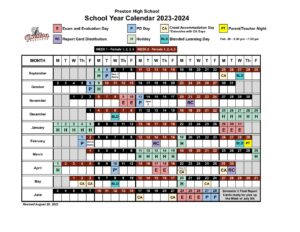As the semester progresses:
Review notes taken daily. Make sure you understand the concepts or techniques.
When no homework has been assigned, take the opportunity to review material as much as possible.
Make summary notes, charts, and graphs based on the textbook using headings, subheadings and details.
Make sure your notebook is complete. Compare your notebook with another student, and complete what is missing.
Read supplementary material on a topic of interest to make history come alive. Watch television shows of historical events.
Discuss and debate lessons with parents if possible.
For the exam:
Study charts and graphs. What information do they contain? How do you interpret them?
History is not just a list of dates to memorize. You must use your imagination to understand the who, what, where, how and why. Think creatively and logically, especially about the “why” of events.
Try to see relationships between events. Make summaries, charts, and graphs to help organize events and to see patterns.
Work through review sheets. Check the answers carefully.
Study your old tests and exams. Make sure you can answer those questions.
Try asking yourself questions and answering them.











